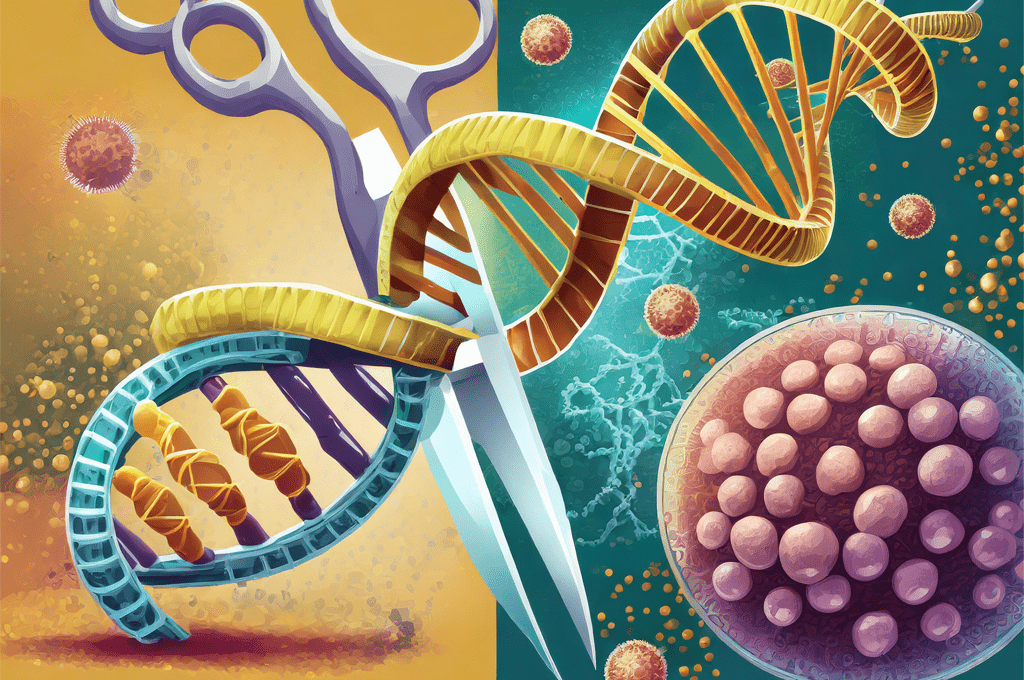CRISPR’s twist of fate: Unmasking unintended genomic deletions and their impact on cancer research
A team of SciLifeLab researchers has found an unforeseen 283-kb deletion on Chromosome 10 (10q23.31) in leukemia cells (HAP1), which increases during the generation of CRISPR-Cas9–modified cells, e.g., in CRISPR screens. Notably, the deleted region encompasses cancer regulating genes like PAPSS2, ATAD1, KLLN, and PTEN.
“The deletion alters gene regulation (chromatin organization and transcriptome) in a unique manner, which affects fundamental biological processes, including DNA replication, cell cycle regulation, and DNA repair,” says SciLifeLab group leader Claudia Kutter.
Contrary to assumptions of CRISPR-Cas9 off-targeting, the researchers found that this deletion is not a direct consequence but instead occurs frequently during stressing the cells, such as upon generation of CRISPR-Cas9–modified cells. They also identified this deletion in cancer patient genomes, where it contributed to similar gene expression patterns despite interindividual differences, echoing observations in HAP1 cells.
“Shockingly,” noted Claudia Kutter, “this deletion has been overlooked by many researchers who modify genes in cancer cells (e.g., by performing CRISPR screens to identify the function of genes in cancer). So, a researcher may think that they assigned a role to their gene of interest when it was actually the genes that were unintentionally deleted.”
This unexpected deletion in 10q23.31 can potentially confound CRISPR-Cas9 studies, emphasizing the crucial need to assess unintended genomic changes in CRISPR-Cas9–modified cells. Such assessments are paramount in the context of cancer research, where these unintended deletions could significantly impact the interpretation and validity of findings.
“The deletion also occurred more frequently in patients who have undergone cancer treatment. It means that the treated cancer cells with the deletion have a selective advantage, which is bad for patient long-term survival as these cells persisted the treatment,” Claudia concludes.





